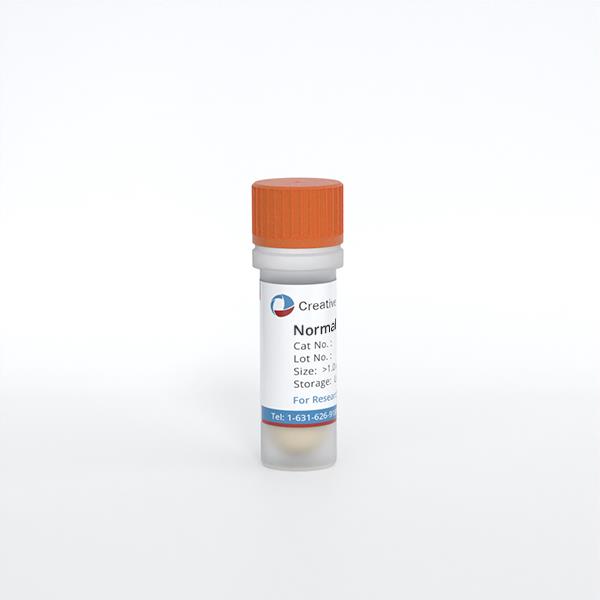Featured Products
Hot Products
ONLINE INQUIRY

Human Lymphatic Endothelial Cells
Cat.No.: CSC-C1497
Species: Human
Source: Lymph Node
Cell Type: Endothelial Cell
- Specification
- Q & A
- Customer Review
Cat.No.
CSC-C1497
Description
The lymphatic system is an essential part of the immune system. It serves distinct yet complementary function with the blood vascular system in maintaining tissue homeostasis. The lymphatic system returns fluid and macromolecules from the tissues back into blood circulation and, thus, plays a vital role in the regulation of fluid, protein, and pressure equilibrium in tissues. Although lymphatic capillary endothelial cells have many properties in common with the endothelium of blood vessels, they also have distinct structural characteristics reflecting their specific functions. Lymphatic capillaries lack mural cells and are characterized by an incomplete or absent basement membrane. Lymphatic endothelium typically contains numerous invaginations and cytoplasmic vesicles as well as characteristic overlapping intercellular junctions. One of the most striking characteristics of the lymphatic capillary is its integration within the interstitium which is connected to the extracellular matrix by fine strands of elastic fibers.
HLEC are isolated from human lymph nodes. HLEC are cryopreserved on passage one and delivered frozen. Each vial contains >5 x 10 ^5 cells in 1 ml volume. HLEC are characterized by immunofluorescent method with antibodies to vWF/Factor VIII and CD31 (P-CAM) and by uptake of DiI-Ac-LDL. HLEC are negative for HIV-1, HBV, HCV, mycoplasma, bacteria, yeast and fungi. HLEC are guaranteed to further expand for 10 population doublings at the conditions provided by Creative Bioarray.
HLEC are isolated from human lymph nodes. HLEC are cryopreserved on passage one and delivered frozen. Each vial contains >5 x 10 ^5 cells in 1 ml volume. HLEC are characterized by immunofluorescent method with antibodies to vWF/Factor VIII and CD31 (P-CAM) and by uptake of DiI-Ac-LDL. HLEC are negative for HIV-1, HBV, HCV, mycoplasma, bacteria, yeast and fungi. HLEC are guaranteed to further expand for 10 population doublings at the conditions provided by Creative Bioarray.
Species
Human
Source
Lymph Node
Recommended Medium
It is recommended to use Endothelial Cell Medium for the culturing of HLEC in vitro.
Cell Type
Endothelial Cell
Disease
Normal
Storage and Shipping
ship in dry ice; store in liquid nitrogen
Citation Guidance
If you use this products in your scientific publication, it should be cited in the publication as: Creative Bioarray cat no. If your paper has been published, please click here to submit the PubMed ID of your paper to get a coupon.
Ask a Question
Write your own review
Related Products


